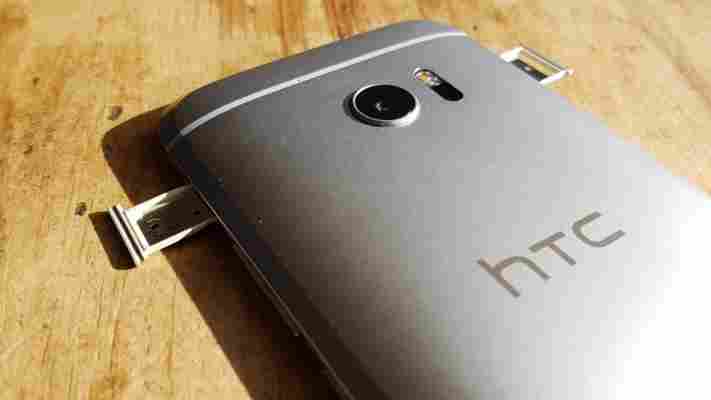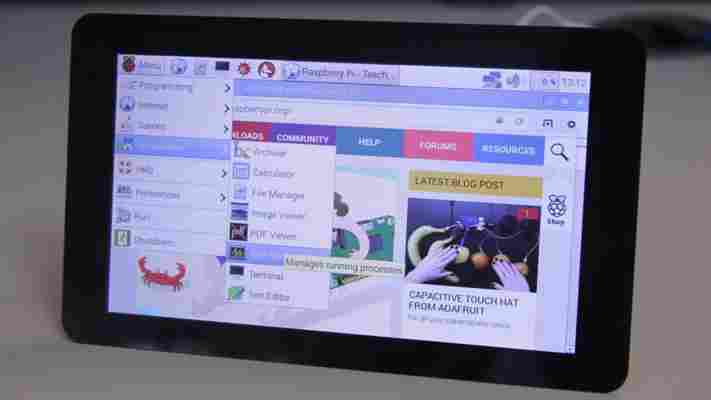The elusive Amazon Echo , a voice-activated assistant for your home, got a new update today that’ll allow users to power appliances on and off using voice commands.

Amazon partnered with Belkin’s connected home device WeMo and Philips Hue smart bulbs to enable voice control for products both companies support. All the user has to do is pair smart devices to their home’s Wi-Fi network and name the appliances. Then, you can use voice commands through the Echo, such as asking it to “dim the lights in the bedroom” or “turn on the coffee maker.”
The hardest part of using the Echo isn’t its voice feature, however – it’s getting your hands on one. Since its launch last fall , the device has been rolling out by invitation-only – with Amazon Prime members naturally getting the first dibs. Still, even if you received an invite, it can take anywhere between four to six months for the Echo to ship.
In the meantime, it’s good to know that when the device does arrive on your doorstep, it’ll be packed with all the little features fit for our lazy, non-finger lifting lives. Previously, Amazon added integrations with Pandora and traffic and sports updates.
The Amazon Echo is available by invitation for $199 without a Prime subscription.
HTC is probably making two Nexus devices for Google, codenamed M1 and S1
We already new HTC was the likely winner in Google’s annual build-a-Nexus contest, but two reports today suggest the company is actually building two devices.

First up, Evan Blass – better known as the consistently accurate @evleaks – suggests HTC is making two devices internall dubbed M1 and S1.
That said, it’s possible those titles could stick: the naming scheme fits given HTC built the original Nexus One , and there are only so many ways you can name phones after their screen sizes before the idea gets stale.
Android Police corroborates this report, saying the devices are codenamed Marlin and Sailfish, following Google’s trend of naming Nexus devices after critters with gills before they go public.
A previous report by The Information suggested Google wants to take tighter control over the Nexus program, bringing the devices more in line with its Pixel devices. Unlike Nexus phones, Google designs Pixel devices without the aid of a third party. The new approach would see Google exercising tighter control over its Nexus designs, even foregoing partner branding.
While that lack of branding could prove problematic for HTC, a company that’s fighting to make its smartphones popular again, it also makes sense with the company’s current design approach. The HTC 10 may not have the most exciting feature list, but it has one of the most minimal custom UI’s around, even saying it worked directly with Google to reduce unnecessary features and custom apps.
Many Android users – especially those looking into Nexus devices – will take minimal bloatware over more features. Given HTC is already designing phones with a lighter touch than usual, it seems best poised to build this year’s Nexus hardware.
It would be something of a throwback for HTC: aside from building the first Nexus, it used to manufacturer hardware for other company’s before getting into the smartphone game itself.
Besides, the company might be willing to trade a lack of branding for the chance to make two devices instead of just one; last year’s Nexus 5X and 6P were build by LG and Huawei, respectively.
In any case, it shouldn’t be very long until we know more. Google is hosting its I/O conference starting May 18, and Android N is set to be released this summer – a few months earlier than usual. Given Nexus launches normally coincide with new versions of Android, there’s a good chance we’ll hear more about the devices in just a few weeks.
Official 7 Raspberry Pi touchscreen display now available to buy for $60
The official Raspberry Pi 7-inch touchscreen display is now available to buy for $60 (£48), following nearly two years of work to bring it to market, the organization says.

The 800 x 480 pixel display allows Pi owners to create integrated all-in-one projects (and products) that require touchscreen input. To get it up and running, you need to connect the screen to a Pi’s GPIO port and plug the attached ribbon into the DSI port.
The organization says that touchscreen drivers for 10-finger support and an on-screen keyboard will be added to the newest Raspbian OS, thereby allowing for full operation without connecting up a keyboard or mouse.
While it wasn’t exactly hard to plug the Pi into an external monitor, it didn’t really allow for the development of integrated products. With the new $60 official display, you can get straight to work on your own Internet of Things devices and interfaces.
It’s available to buy from the Raspberry Pi Swag Store , RS Components, Allied Electronics and Premier Farnell today, while other stores will get stock later this week.
➤ The eagerly awaited Raspberry Pi display [Raspberry Pi via Engadget ]
